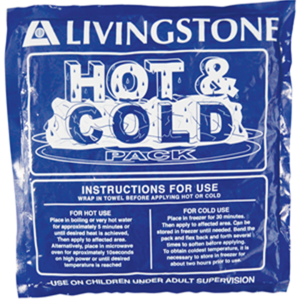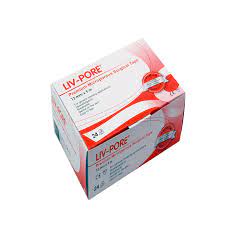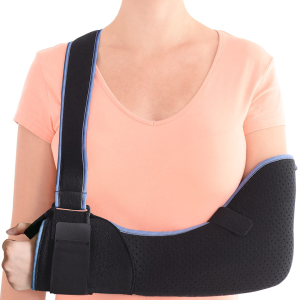Description:
The L/S Buckle Tourniquet is a medical device designed to control and restrict blood flow to a specific area of the body. It consists of a strong and durable strap with a buckle mechanism that allows for easy application and adjustment. The tourniquet is primarily used in emergency situations, such as severe bleeding or limb injuries, to help stop blood loss and stabilize the patient’s condition until further medical assistance is available.
Contradictions:
– The L/S Buckle Tourniquet should not be used on infants or small children unless specifically recommended and supervised by a medical professional.
– It should not be applied over open wounds, burns, or areas with compromised skin integrity, as it may exacerbate the injury or cause additional harm.
– Individuals with circulatory disorders or conditions that could be worsened by restricted blood flow should exercise caution when using this tourniquet.
Precautions:
– The tourniquet should be applied tightly enough to restrict blood flow, but not so tight as to cause unnecessary discomfort or potential damage to underlying tissues.
– The patient’s pulse should be monitored continuously after the tourniquet is applied to ensure proper blood circulation and prevent complications.
– The tourniquet should be used as a temporary measure and should not be left on for an extended period. Medical attention should be sought as soon as possible.
Warnings:
– Improper application or excessively tight placement of the tourniquet can lead to serious complications, including tissue damage, nerve injury, or limb loss. Careful attention should be given to the instructions provided.
– If the patient experiences severe pain, numbness, tingling, or discoloration in the area beyond the tourniquet, it should be released immediately to restore blood flow.
– The tourniquet should never be used as a substitute for proper medical care. It is only intended for temporary use until professional medical assistance can be obtained.
Restrictions:
– The L/S Buckle Tourniquet is intended for use by trained medical personnel, first responders, or individuals who have received appropriate training in its application and usage.
– It should only be used in emergency situations where the control of severe bleeding or blood loss is necessary.
Ingredients:
The L/S Buckle Tourniquet is made of high-quality, durable materials that ensure its strength and reliability. The exact composition may vary depending on the manufacturer, but it typically includes a strap made of strong nylon or similar fabric, a buckle mechanism made of durable plastic or metal, and fastening components.
Usage:
1. Prioritize the patient’s safety and assess the need for a tourniquet based on the severity of bleeding or limb injury.
2. Apply direct pressure to the bleeding site with a sterile dressing or cloth before considering the use of a tourniquet.
3. Open the L/S Buckle Tourniquet package and familiarize yourself with its components.
4. Place the tourniquet proximal to the injury site (between the injury and the heart) to prevent blood flow to the affected area.
5. Secure the strap around the limb, ensuring it is snug but not excessively tight.
6. Insert the end of the strap through the buckle and pull it tight, then fasten it securely.
7. Check the patient’s pulse and assess for proper blood flow beyond the tourniquet.
8. Continuously monitor the patient’s condition, pulse, and any changes in the affected limb.
9. Seek immediate medical attention and provide detailed information about the tourniquet application to the healthcare professionals.








